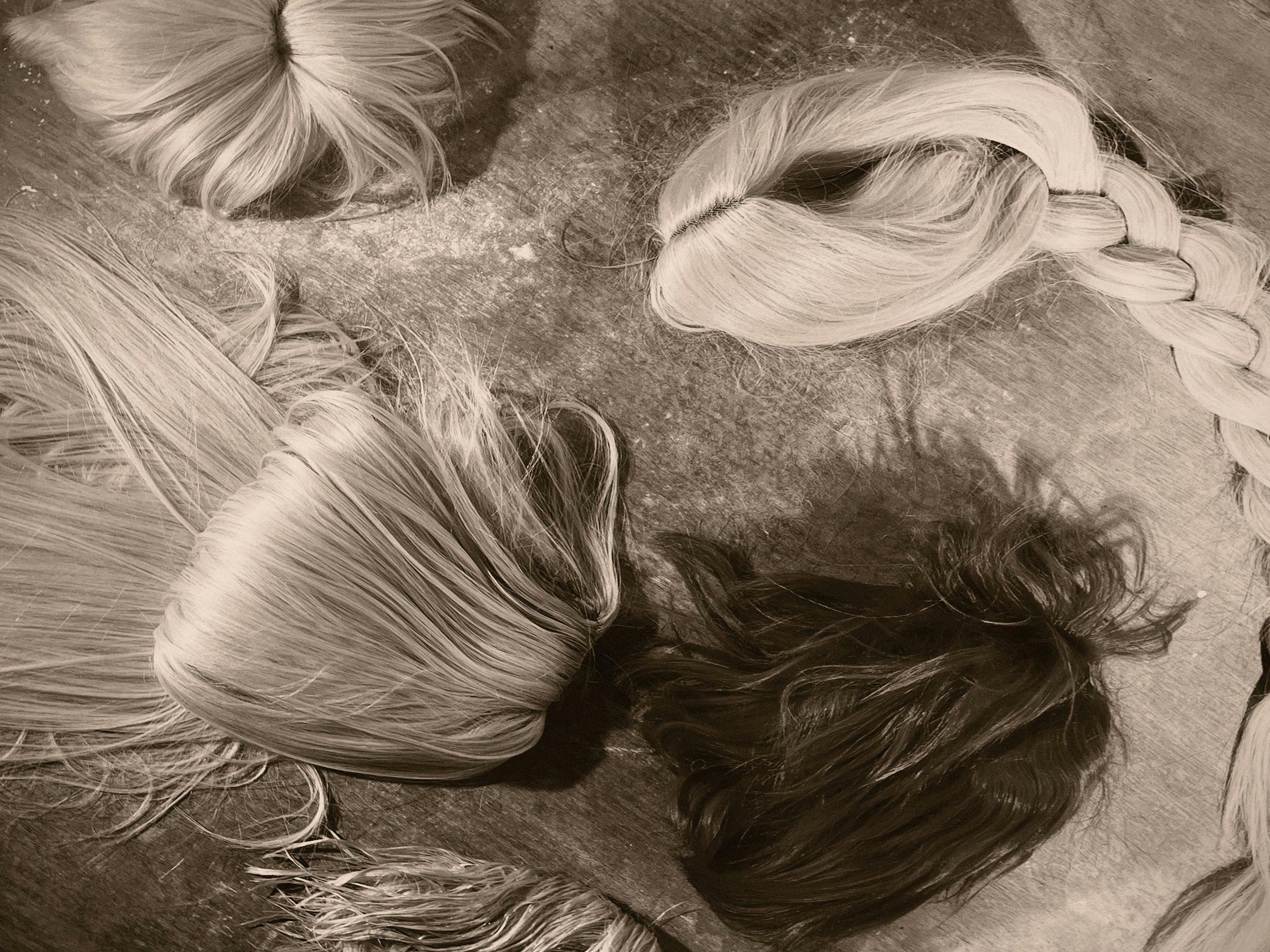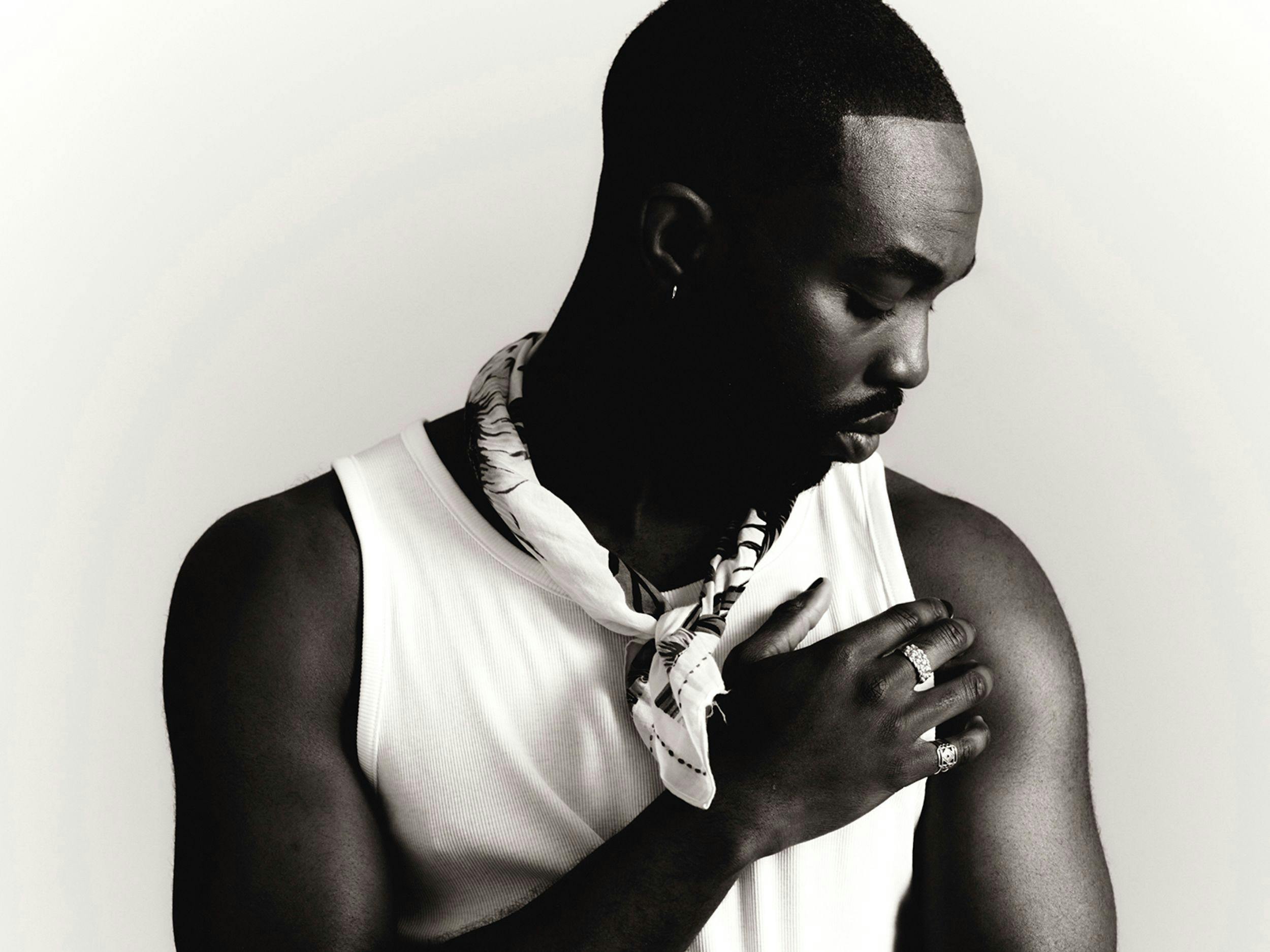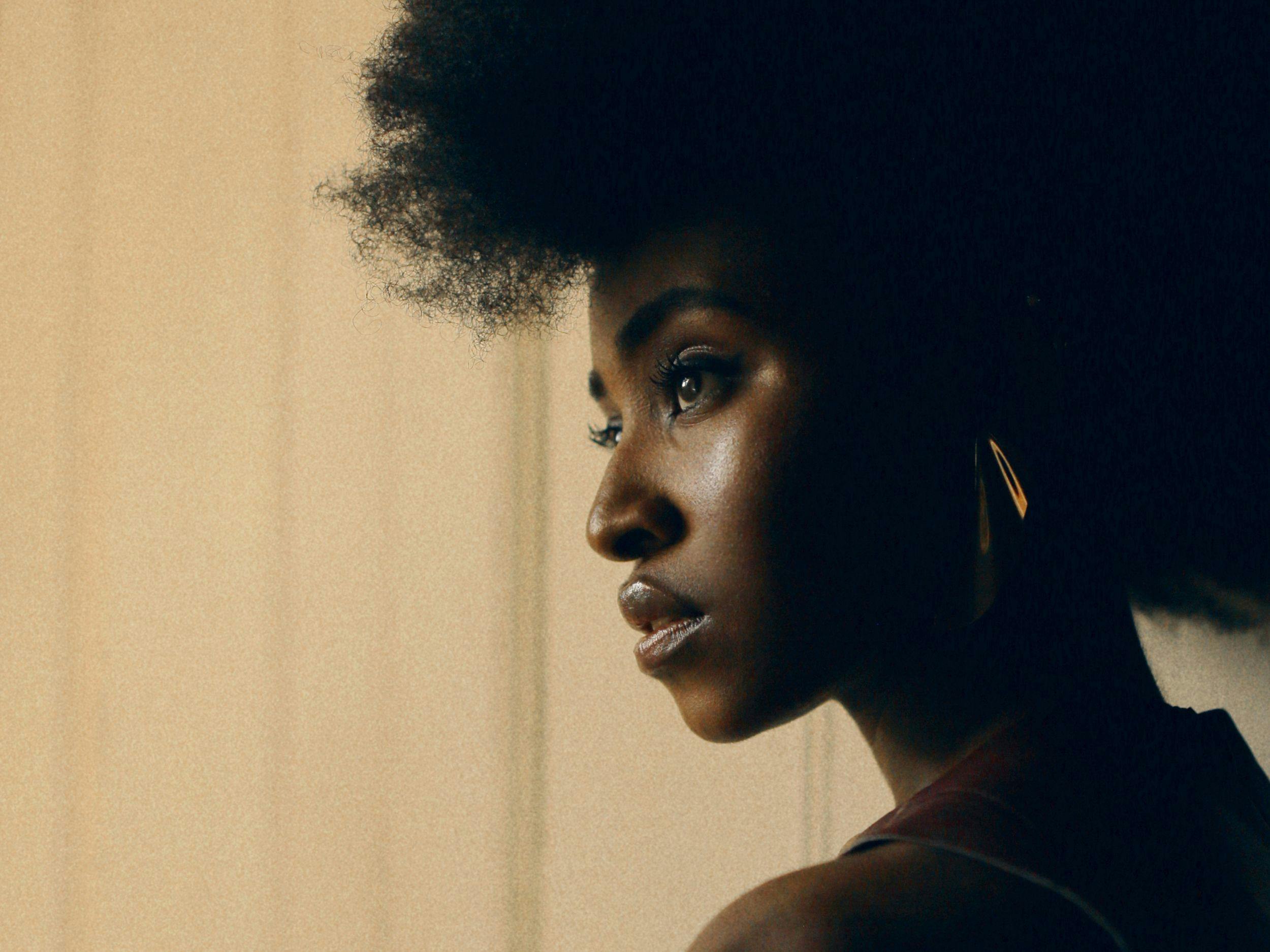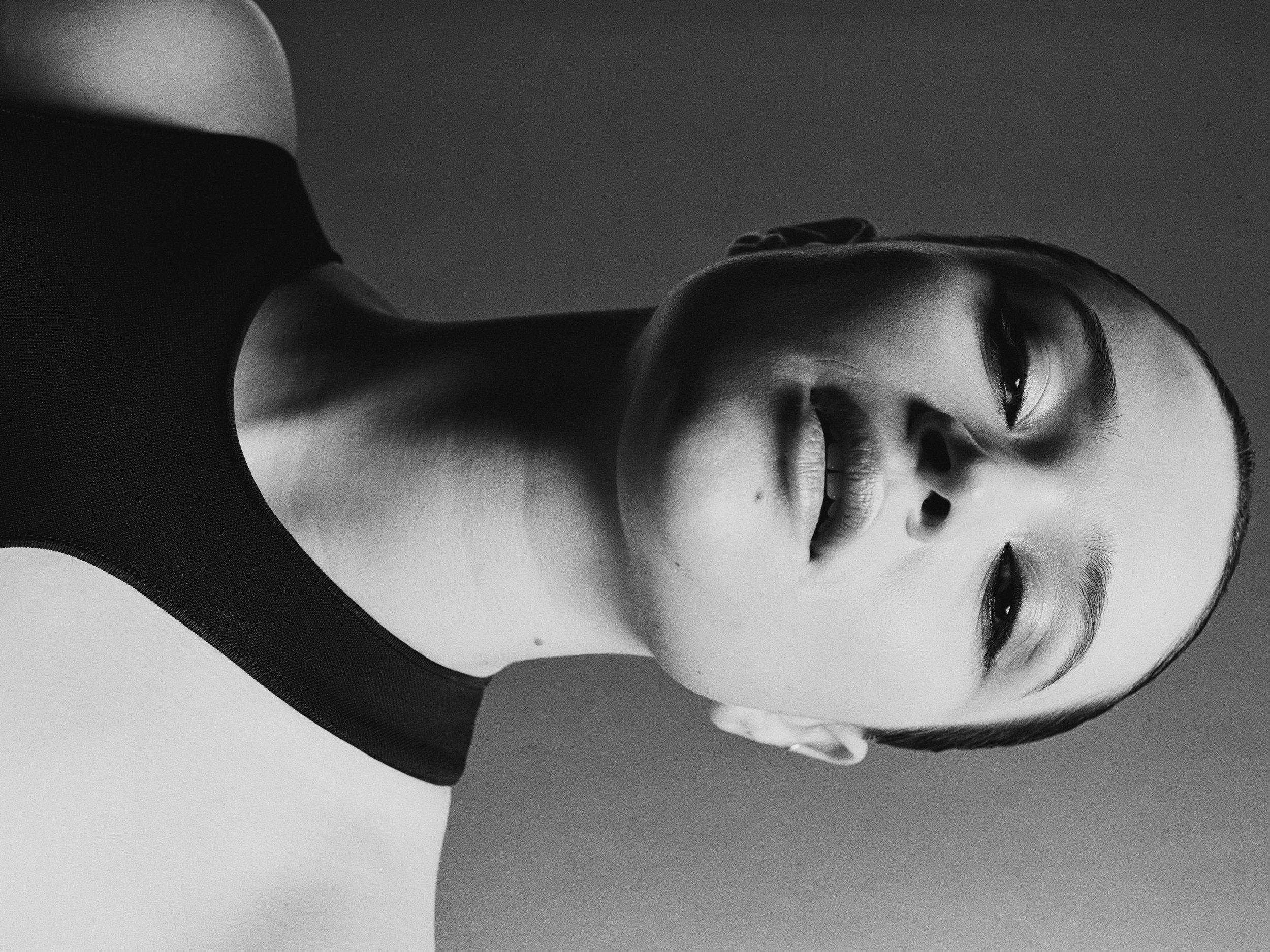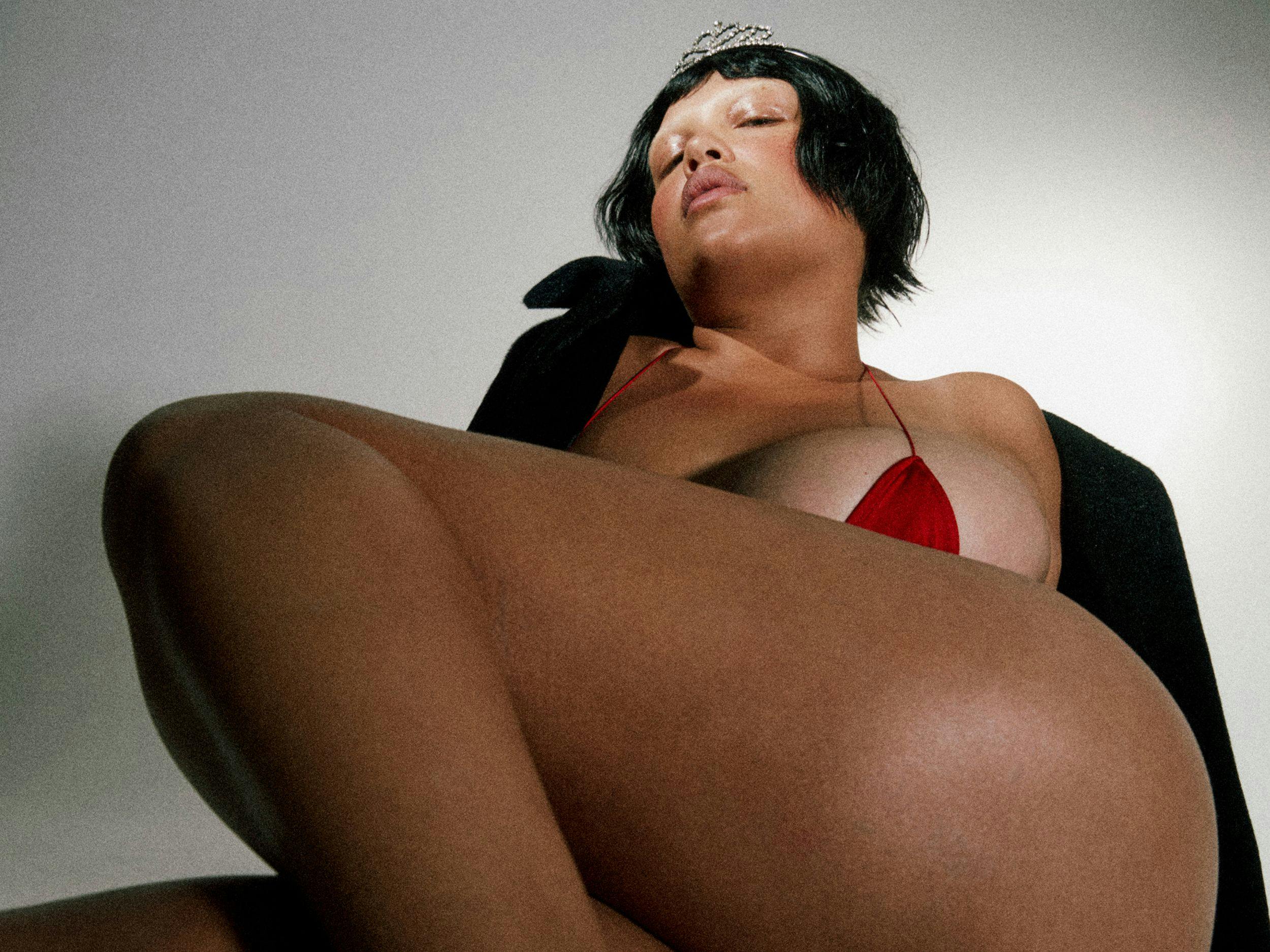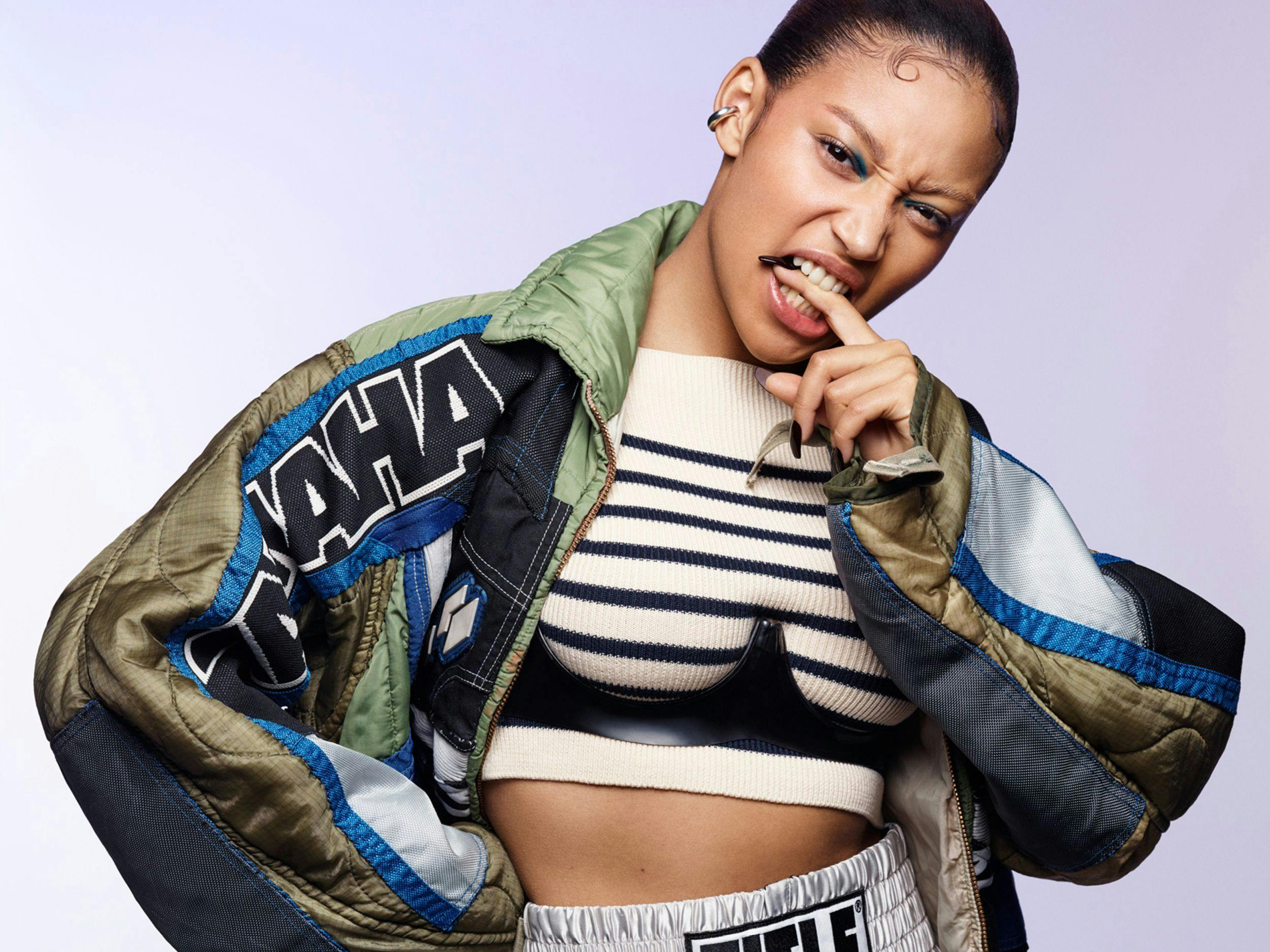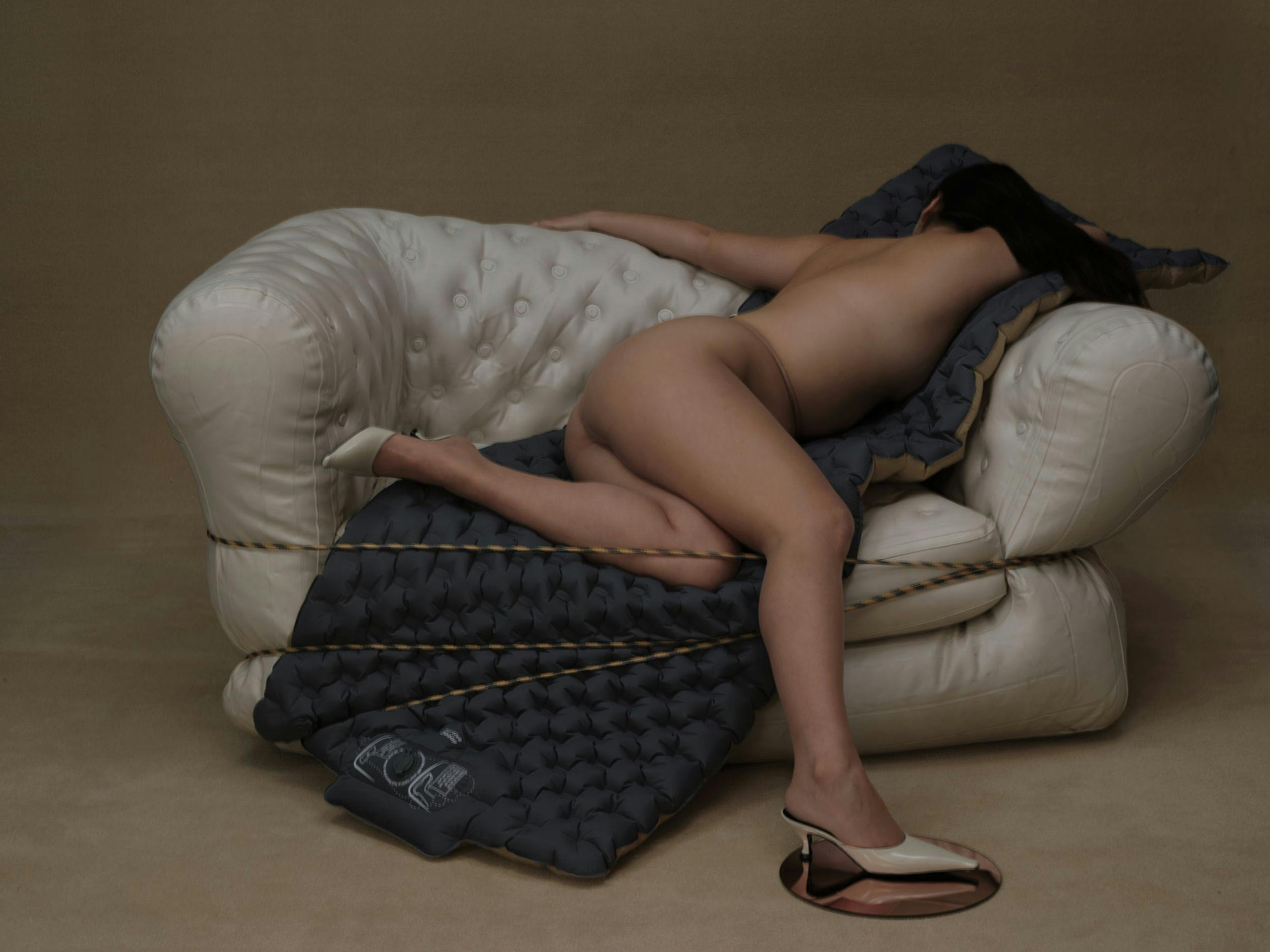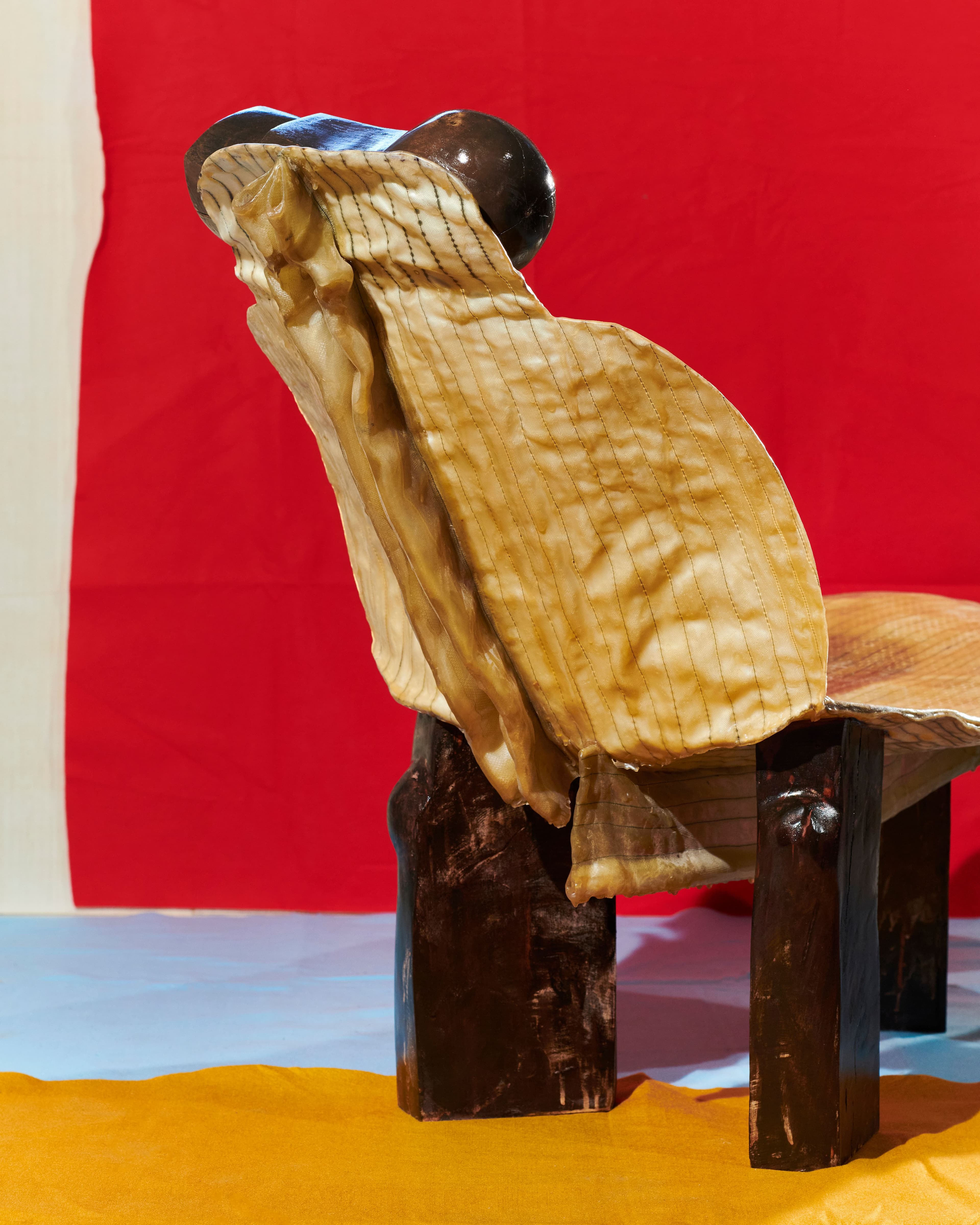
Minjae Kim, ’Chaise Longue,’ 2021
Minjae Kim Took a Winding Path to His Art
“I think working with furniture objects was a way for me to loosen up a little bit,“ Minjae Kim says in his soft and considered voice. The designer, who has also been working in architecture and interiors, is in a transitional phase of his life and career, and he is pensive when speaking about it. In the last year, he moved into a new studio space in Ridgewood, Brooklyn, quit his day job at Giancarlo Valle, and opened his first solo show, “I Was Evening All Afternoon,“ at the Los Angeles gallery Marta in July. “Doing these smaller projects was a way to try out ideas at a faster pace and have it just be conclusive,“ he adds. “Eventually I wanted to move beyond a design challenge or practical solutions or material explorations, and wanted to make something that really emotionally or spiritually resonated with me.“
Born and raised in Seoul, Kim grew up with a passion for drawing, but his mother was a painter and didn’t want him to endure the same challenges she experienced as an artist. Instead, she persuaded him to take up architecture. “There was this false fantasy around the culture, from outsiders, of being an architect. Being an architect, you’re around well-to-do, intellectual people, blah blah blah, and I think she was responding to that,“ he says. “I looked into it and I saw it as a more practical way of approaching the visual arts. That was my initial take.“
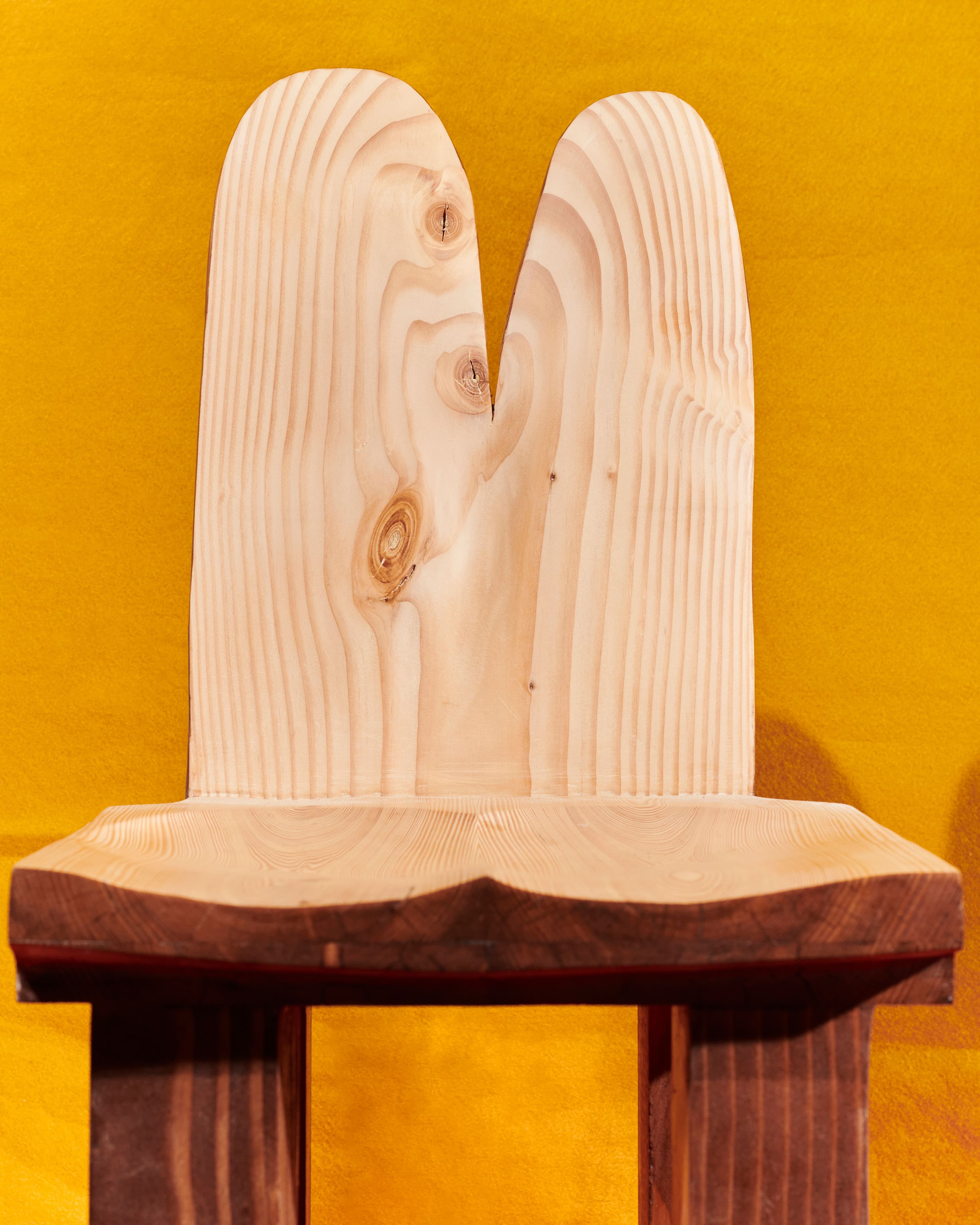
Minjae Kim, ’Wooden Lola Chair,’ 2021
For the last decade, Kim had worked independently on furniture and design pieces, which serve as an outlet for him to work at a faster rate than in architecture and interiors, but it was only in the last year that he was able to dedicate his full attention to his personal practice. He describes most of the resulting experiments as “one-liners,“ without a defined throughline connecting all of his pieces, but when putting together the show at Marta, he began to extrapolate the underlying feelings that propel his work. “Arriving at this show, the main spirit was my relationship with design, or aristocratic objects, which always puts you in a position where you have to understand them and produce them in a palatable way,“ he explains, “and how I felt about it as an outsider—as in not from the U.S., not coming from an affluent background.“ His pieces bring a different perspective to traditional items: a chaise longue is made of quilted fiberglass and wood, a cabinet mixes douglas fir and lacquer. Kim embraces imperfection. Few pieces are symmetrical, and the designs don’t feel rigid. On the contrary, they’re playful and almost humorous in the way they subvert conventional furniture.
While Kim hasn’t turned his back on architecture and interiors, by dedicating more of his time to his personal work, he’s finding himself living more and more the artist’s life that no longer seems so impractical. “If you’re on a trajectory as a designer and you reach a point where you are able to express yourself and leave your imprint on the product or end piece that’s beyond just problem solving, at that point you induce yourself into the piece in a very visible way,“ he explains. “That’s when the object starts to veer away from design.“ With his show at Marta, which collects so many of his creations together for the first time, it’s clear how much Kim has managed to imbue himself into his work, which hints at what’s to come on his own path. “For me, it has to do with adding one’s identity or spirit in the piece,“ he says, finding himself alongside his fellow designers who “have the ability or talent to hide or reveal themselves as needed.“
“I Was Evening All Afternoon“ is on view through August 29 at Marta Gallery, 1545 West Sunset Boulevard, Los Angeles. Read this story and many more in print by ordering our Summer 2021 issue here.
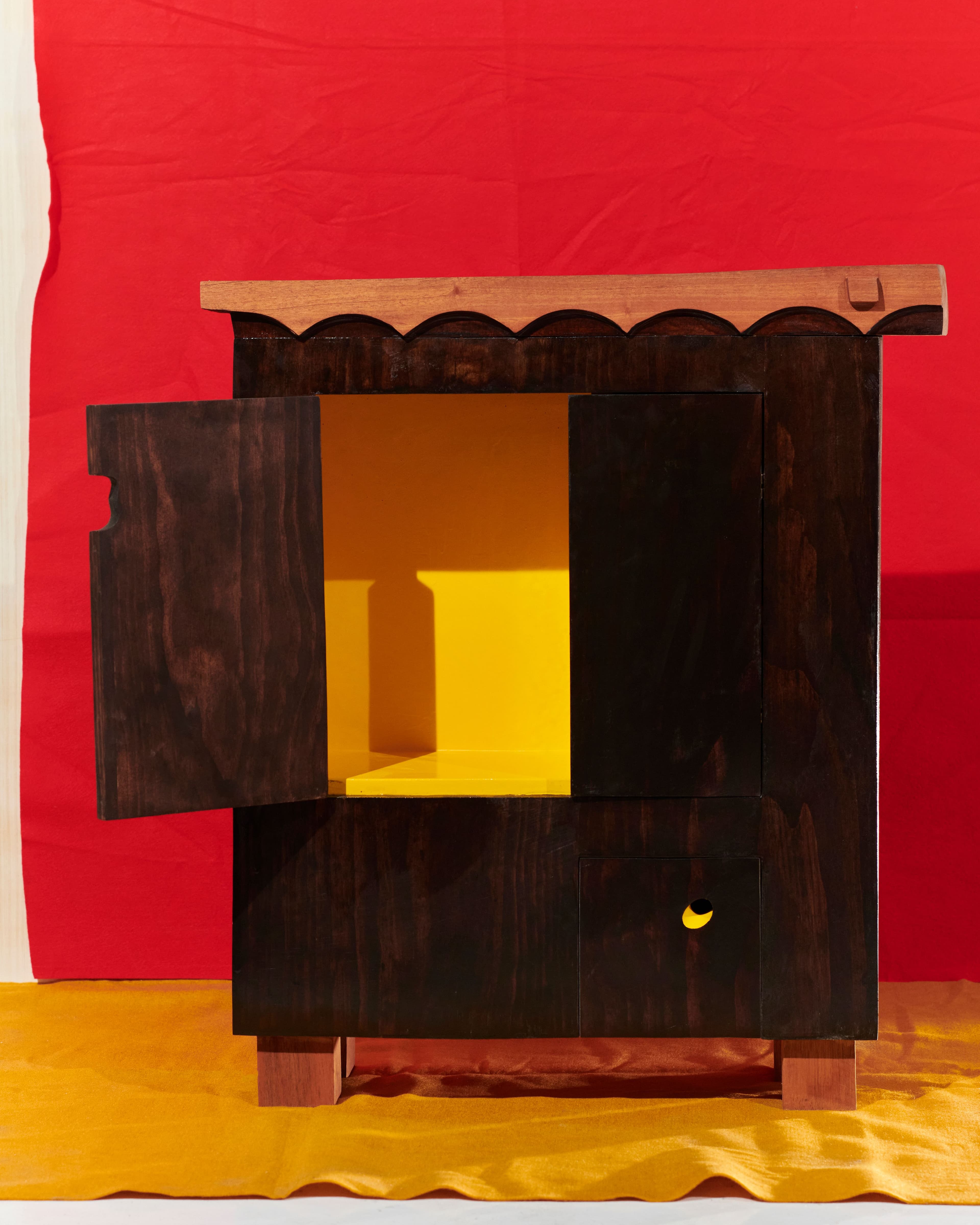
Minjae Kim, ’Untitled Cabinet,’ 2021
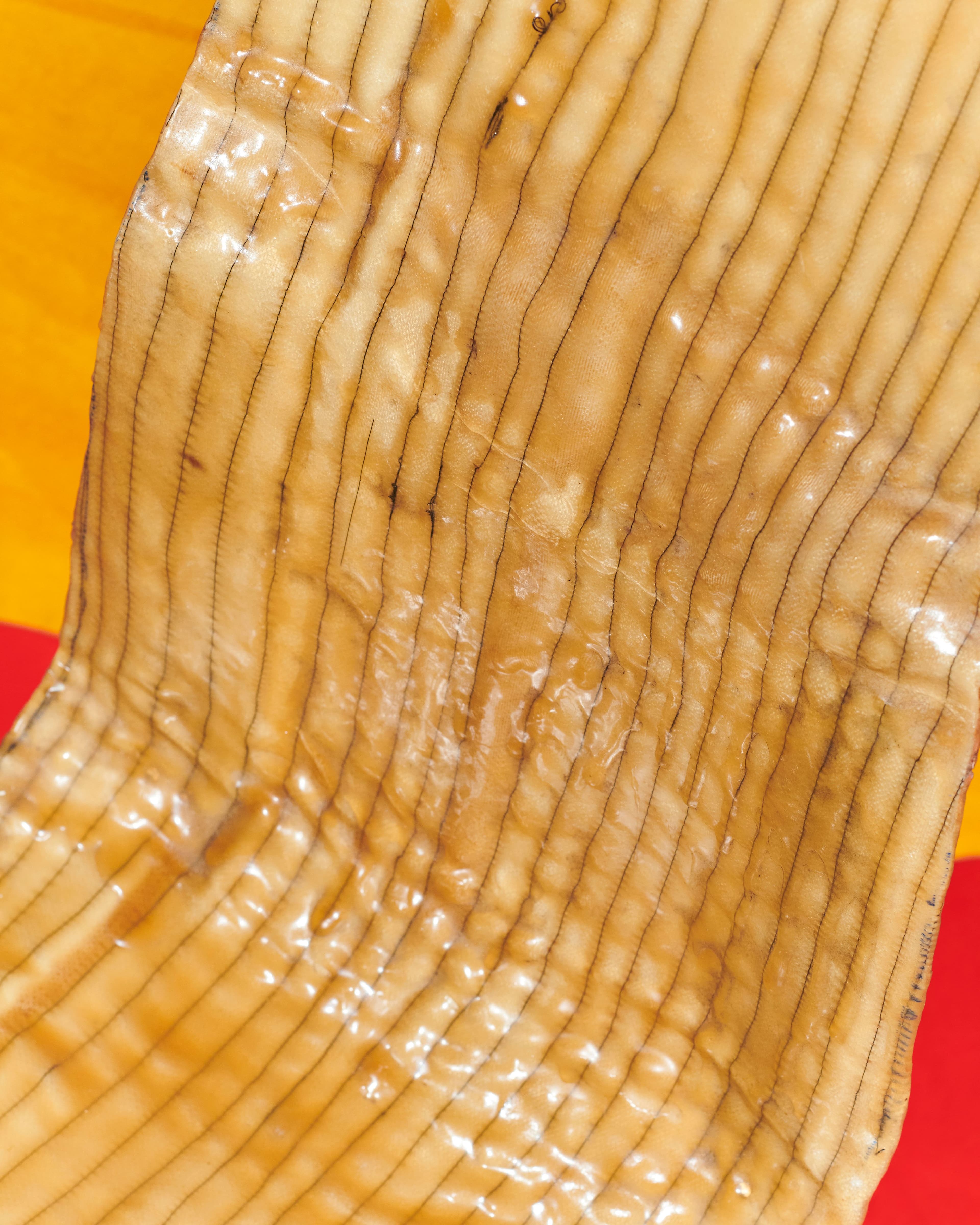
Minjae Kim, ’La Chapparita,’ 2018
As a nonprofit arts and culture publication dedicated to educating, inspiring, and uplifting creatives, Cero Magazine depends on your donations to create stories like these. Please support our work here.
